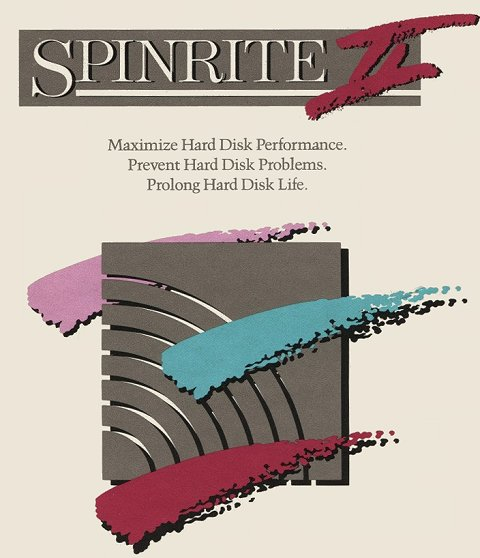
/grc-spinrite-6-5977653522fa3a001096d897.png)
Often the recovered data is accurate enough to allow the computer to work normally again.ĭuring either mode, the drive reads all sectors, and the drive controller may determine that a given sector is faulty, and relocate the data to a working sector, before the data is lost. Once the bit pattern has been determined, it is written to a new location, and the drive can then "retire" the faulty sector so it is no longer used. This uses "dynastat mode", where the drive attempts to read the sector form different approaches, and the analog signal is analysed until the most likely bit pattern is determined. On large drives this can take a very long time.ĭuring " data recovery" mode SpinRite attempts to read and reconstruct all the bits in a given (faulty) sector, even if the sector is reporting an ECC error. Since the analog signal on a magnetic medium decays over time, this process "rejuvenates" the signal to its peak strength, ensuring no data loss. The effect of this bit inversion process is that every bit on the drive is re-written, giving it a new magnetic signal. In each case it verifies that the bits were correctly written, and goes into "recovery mode" if not. back to the original bit pattern) and then writes them again. In (Level 4) " maintenance mode" SpinRite reads each sector, inverts all the bits, writes them to the sector, inverts them again (i.e. It looks at the data on a purely sector-by-sector basis, and can examine areas of the drive not allocated to any operating system at all.

SpinRite takes very little notice of the operating system on the drive. These drives can be from PVR, Tivo or iPod devices or Mac, Linux or PC hard drives.

It connects directly with any hard drives connected to the motherboard, and with some devices that use USB or other connectors. Spinrite is run from a boot diskette, CD or USB memory stick, and uses FreeDOS as its operating system.


 0 kommentar(er)
0 kommentar(er)
